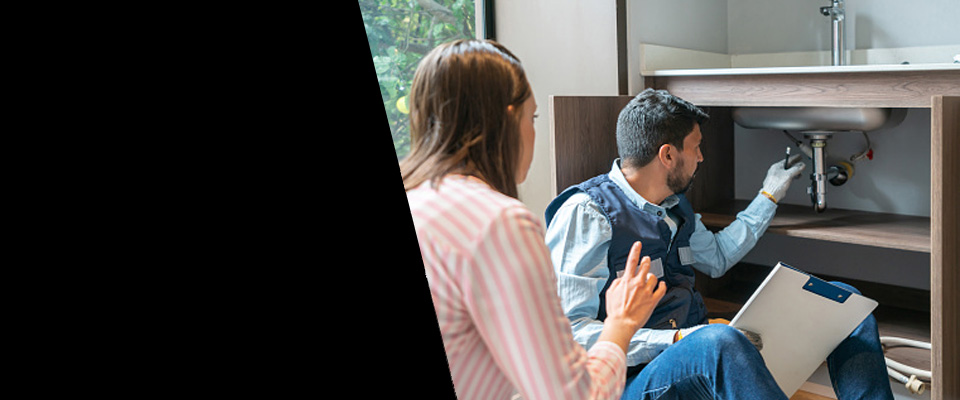Gas Line Repairs Plumbing Services in Houston, MO
Houston Gas Line Repairs Professionals available now in Texas County
Gas Line Repairs offers a critical plumbing service that covers reviewing, fixing, and managing of propane and natural gas systems to ensure code adherence and safe operation. This service resolves gas leaks, pressure irregularities, and pipe damage, using advanced diagnostic tools and safety standards to mitigate risks and secure premises. Licensed plumbers ensure all repairs follow code requirements for reliable and secure gas delivery
We provide top notch Plumbing services throughout Texas County. Whether you need help with Gas Line Repairs or other issues, our Experts is ready.
Plumbing Services in Houston, MO
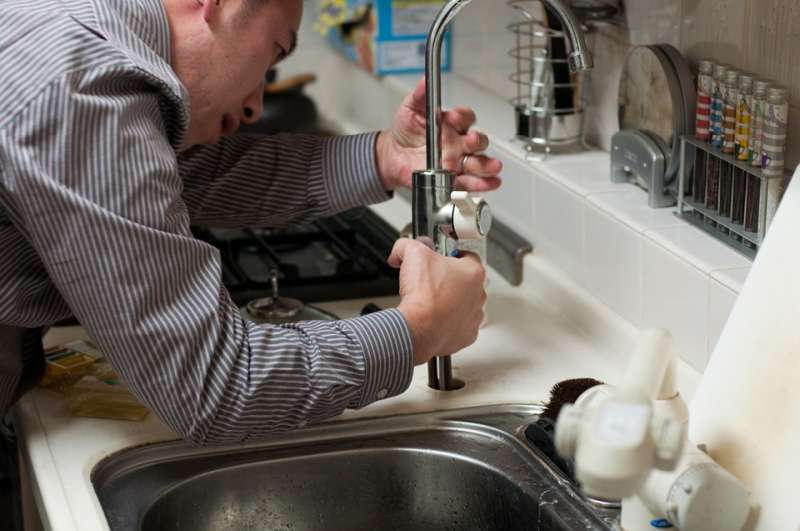
Appliances
Setting up dishwashers, hot water heater (tank and tankless), garbage disposals, and washing devices.
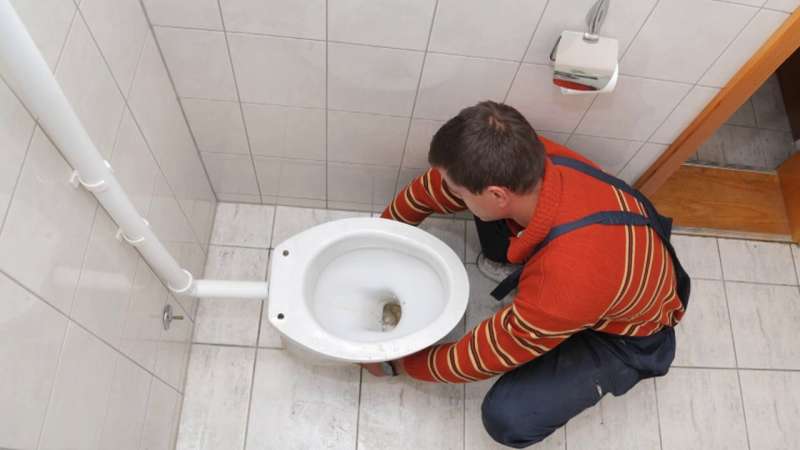
Backflow Testing and Prevention
Ensuring backflow prevention devices are working correctly.
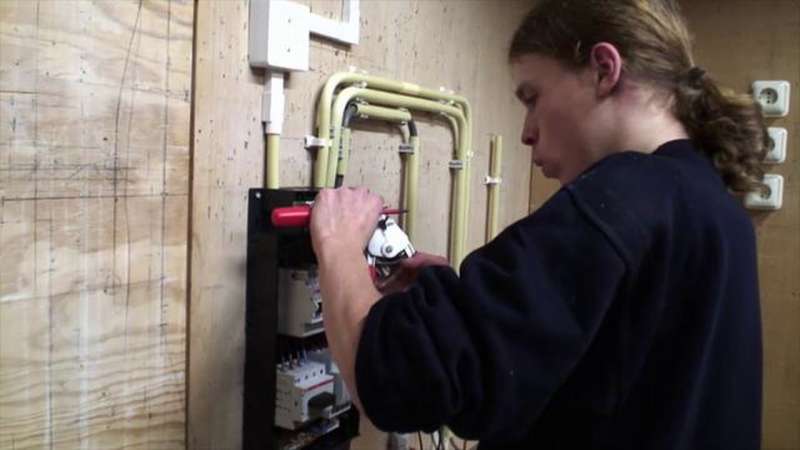
Bathroom and Kitchen Remodeling
Transferring or updating plumbing systems.
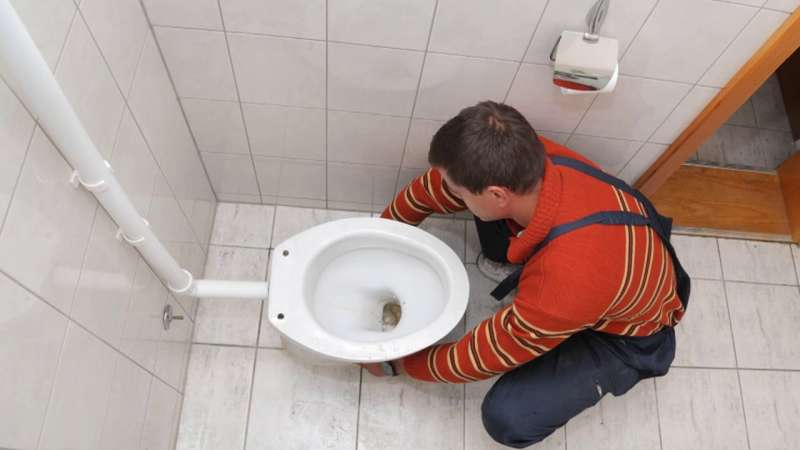
Building Code Compliance
Guaranteeing plumbing systems meet local regulations.
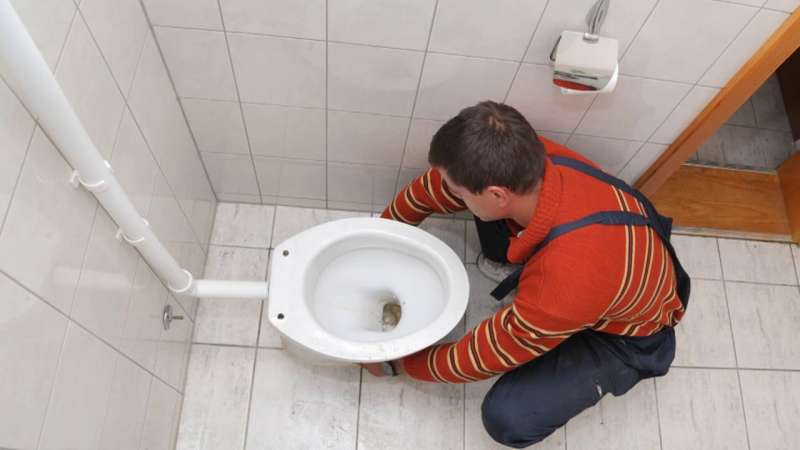
Burst Pipes
Immediate response to prevent flooding and water damage.
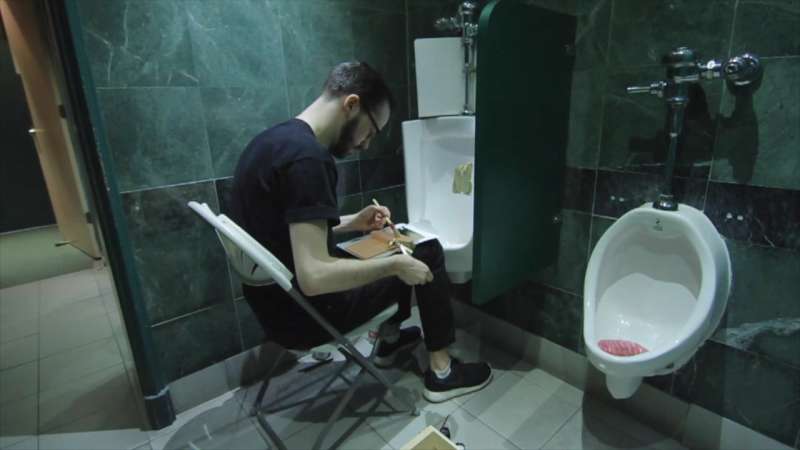
Clogged Drains
Clearing obstructions in sinks, toilets, showers, and sewage system lines.
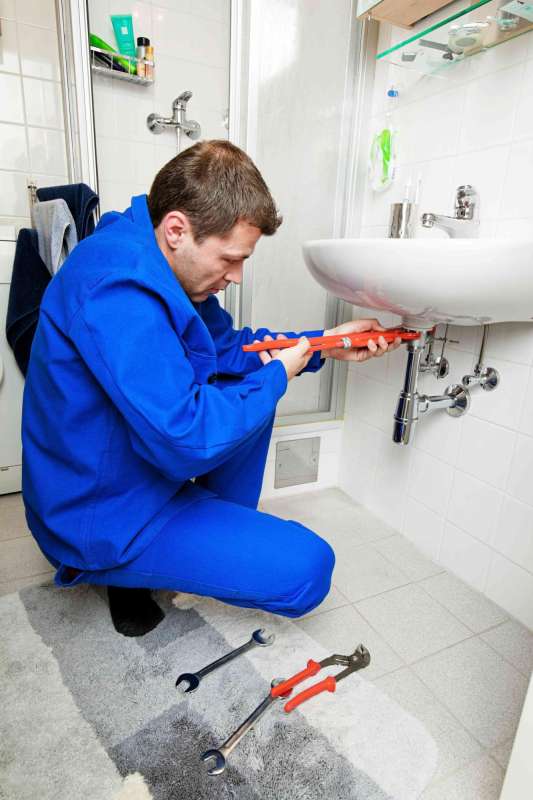
Drain Cleaning
Routine cleaning to prevent clogs and keep flow.

Fixture Repairs
Fixing malfunctioning faucets, toilets, and other components.

Fixtures
Installation of sinks, faucets, toilets, bath tubs, and showers.

Gas Leaks
Emergency detection and repair to prevent threats.
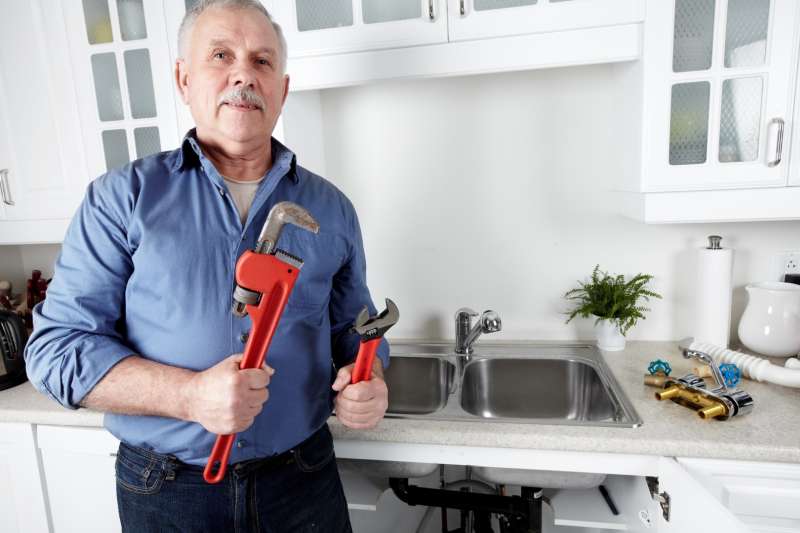
Gas Line Repairs
Fixing gas leaks and making sure appropriate gas line functioning.
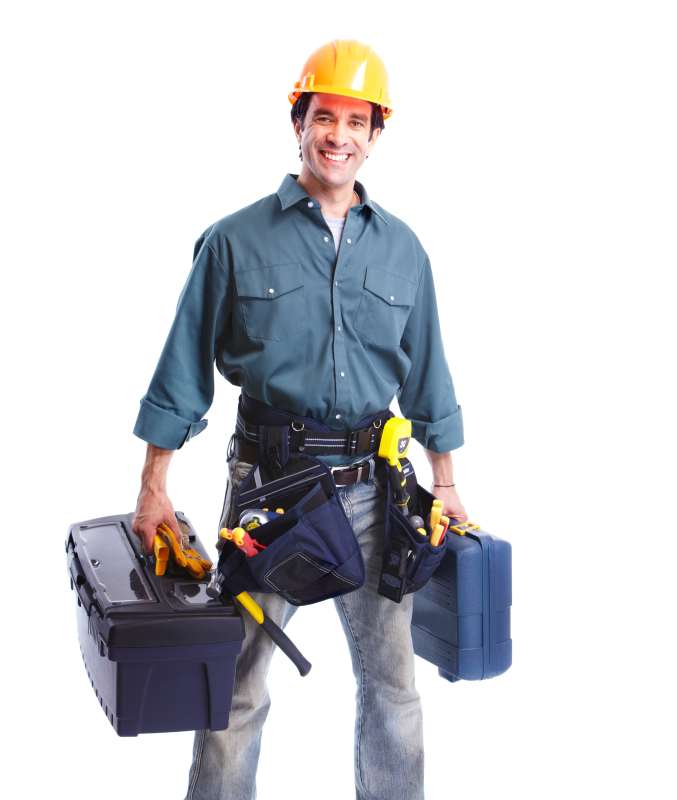
Greywater Recycling Systems
Setting up systems for recycling family wastewater.
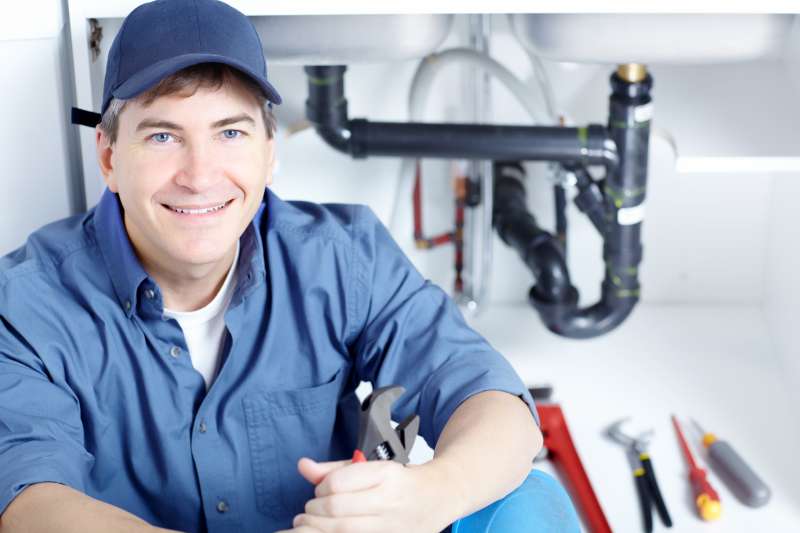
Hydronic Heating
Installing and preserving radiant flooring heating unit.

Industrial Pipework
Specialized piping for factories or industrial settings.
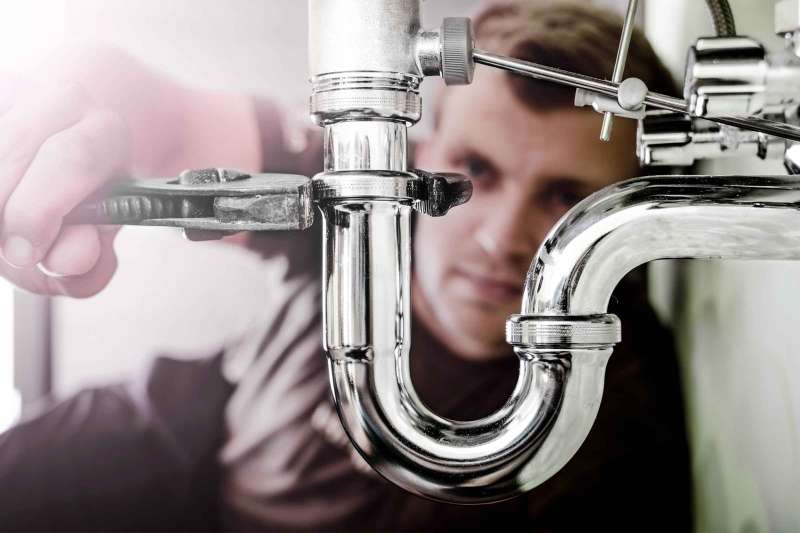
Irrigation Systems
Installing and keeping outside irrigation.
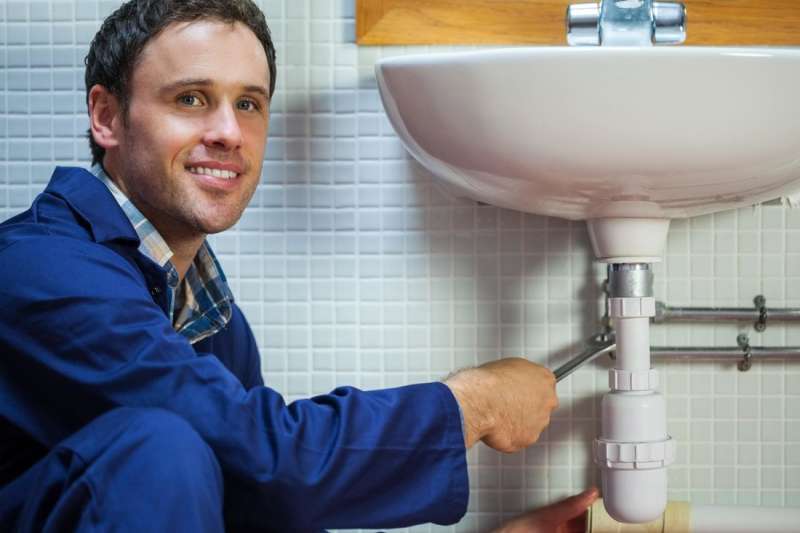
Large-scale Installations
Plumbing systems for brand-new structures or renovations.
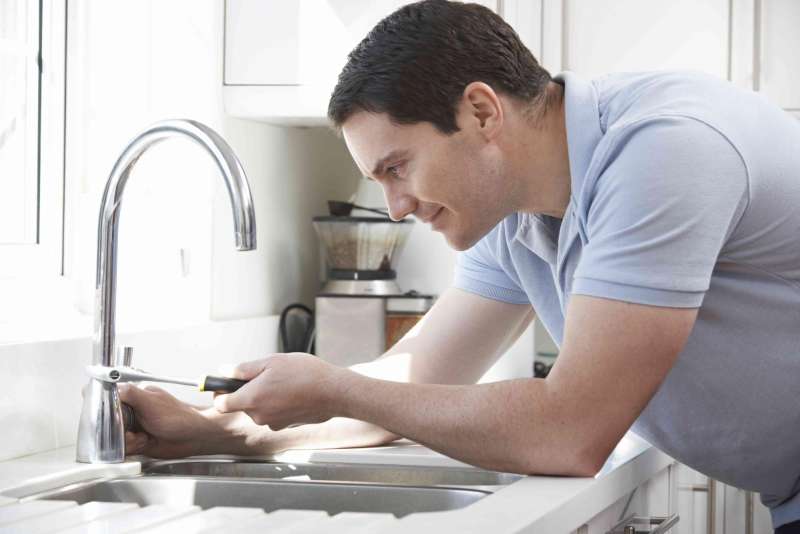
Leak Detection and Repair
Repairing leaks in pipelines, faucets, toilets, and home appliances.
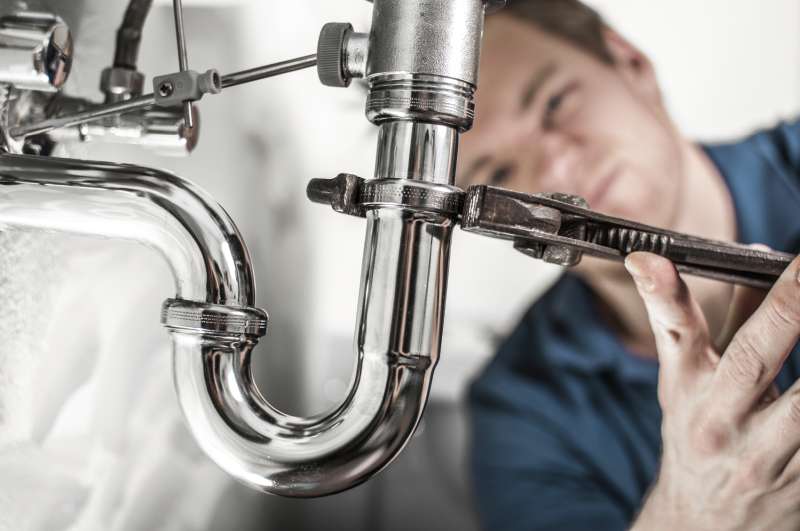
Overflowing Toilets
Quick resolution of severe obstructions and overflows.
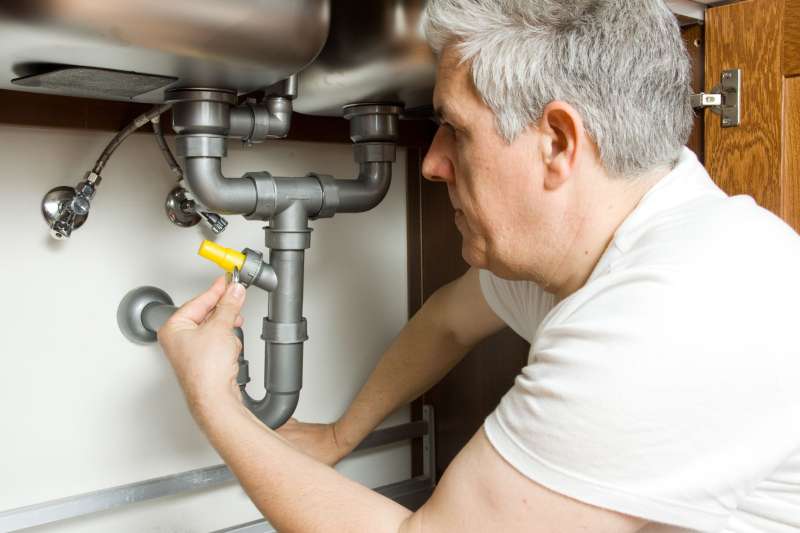
Pipe Inspections
Using video cameras to check pipelines for damage or obstructions.
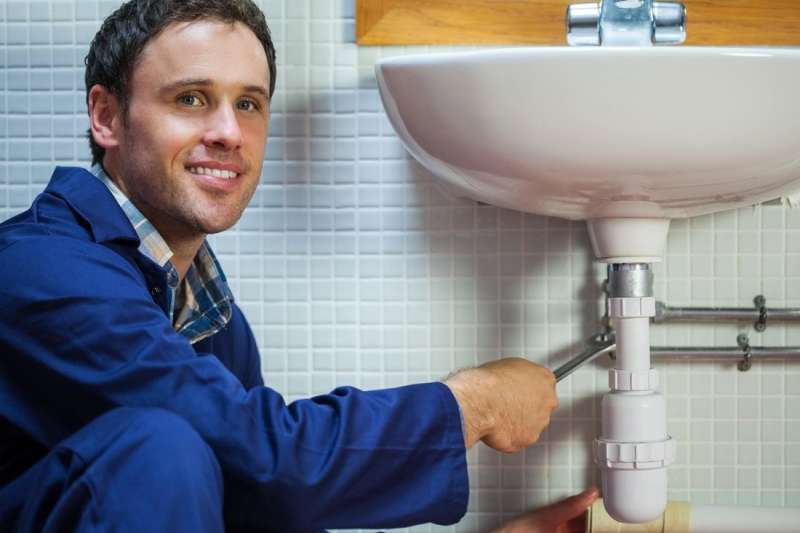
Pipe Repairs
Fixing or changing burst, corroded, or damaged pipes.
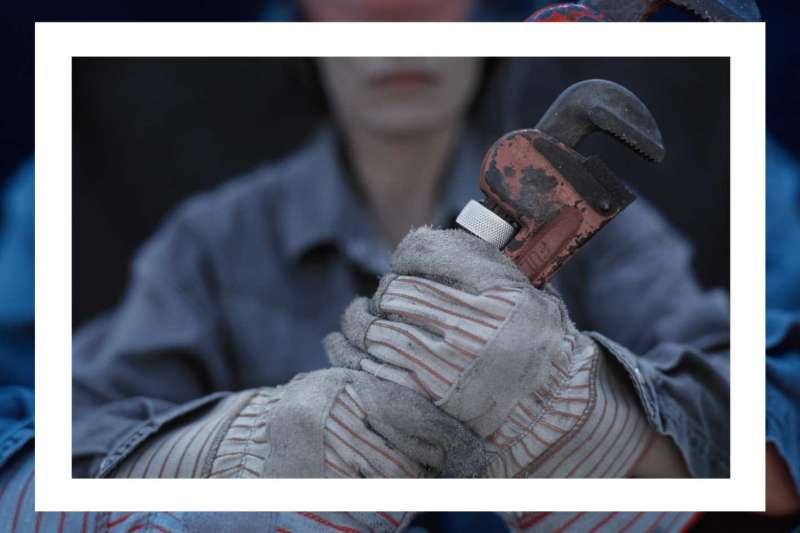
Pipes and Fittings
Setting up new piping systems for water, gas, and drainage.
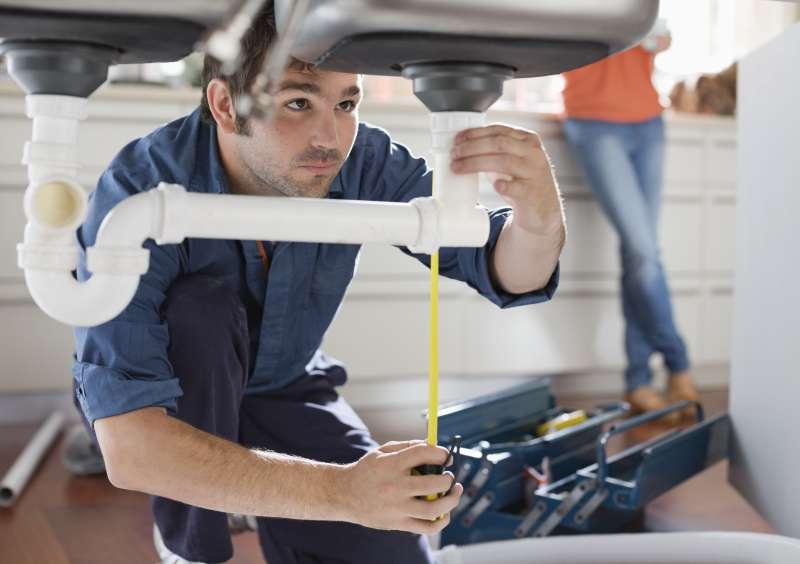
Pre-Purchase Inspections
Assessing plumbing systems before buying residential or commercial property.
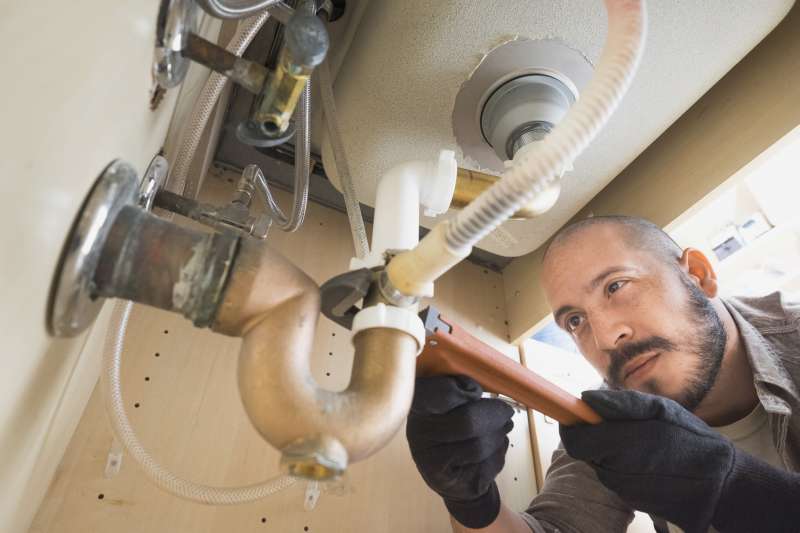
Rainwater Harvesting Systems
Setting up systems to collect and make use of rainwater.
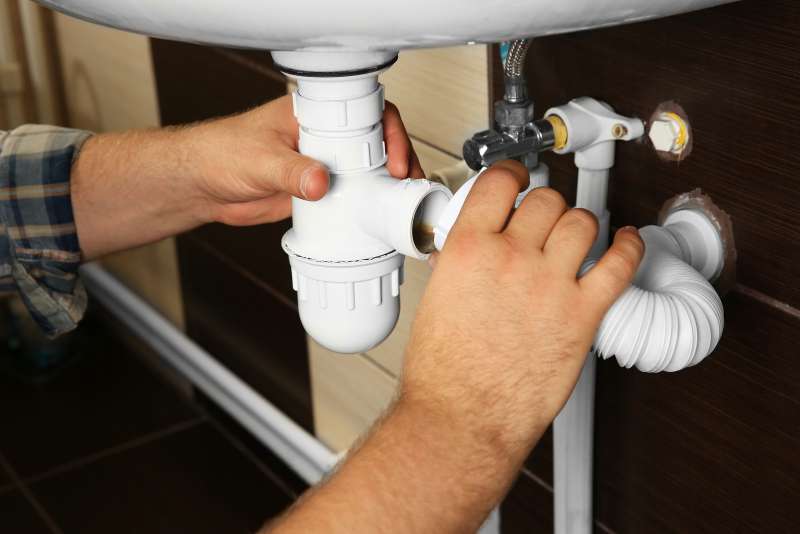
Regular Maintenance Contracts
Continuous upkeep services for businesses.
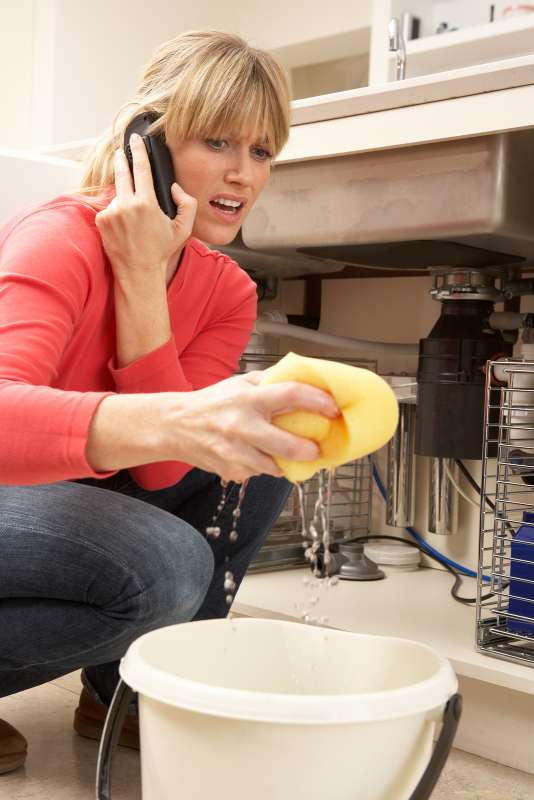
Septic System Services
Installing, repairing, and preserving sewage-disposal tanks.
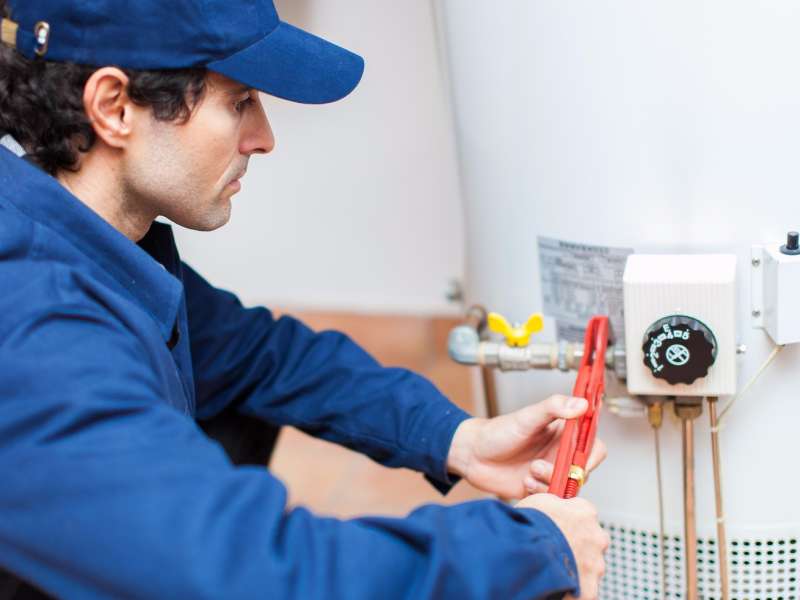
Sump Pump Installation and Repair
Handling groundwater in basements.
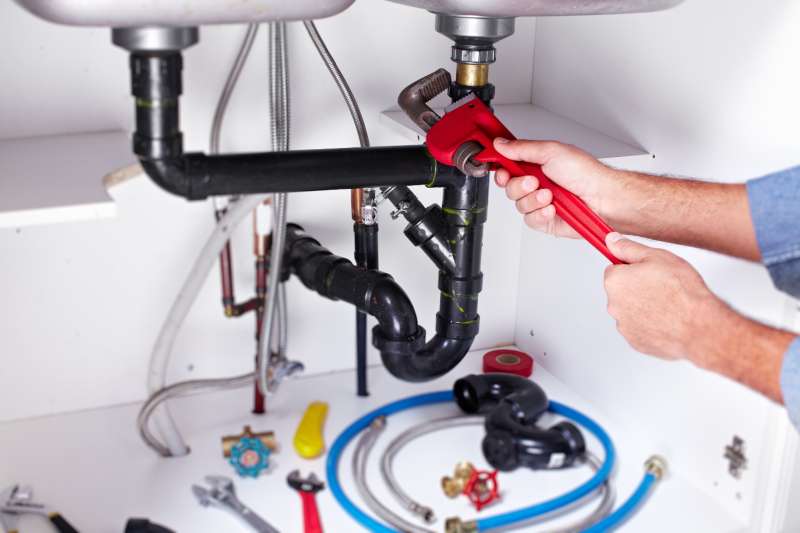
Upgrading Fixtures
Setting up water-efficient or modern-day components.
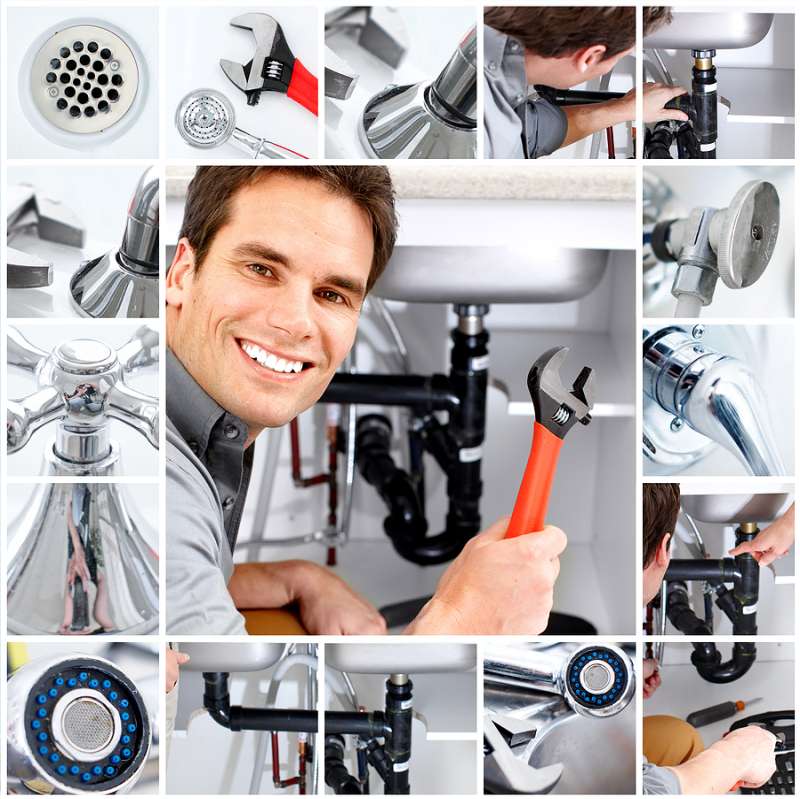
Water Efficiency Consulting
Recommending on water-saving methods and items.
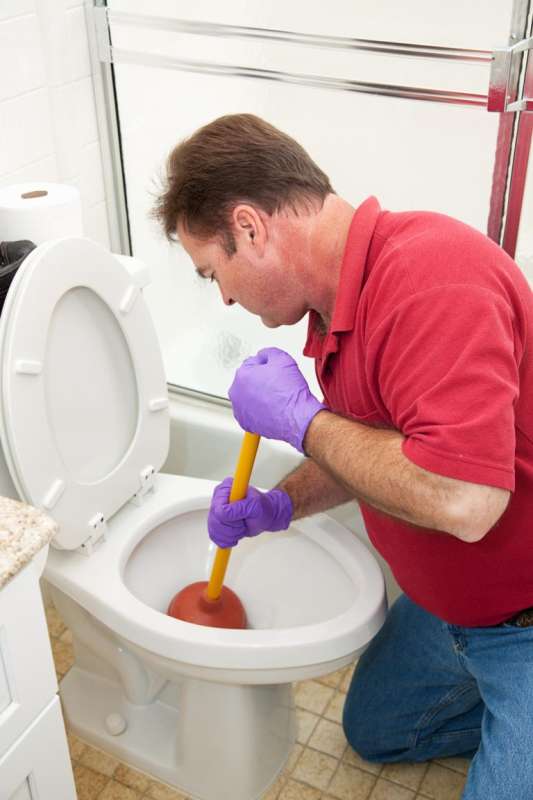
Water Filtration Systems
Installing water softeners and filtering systems.
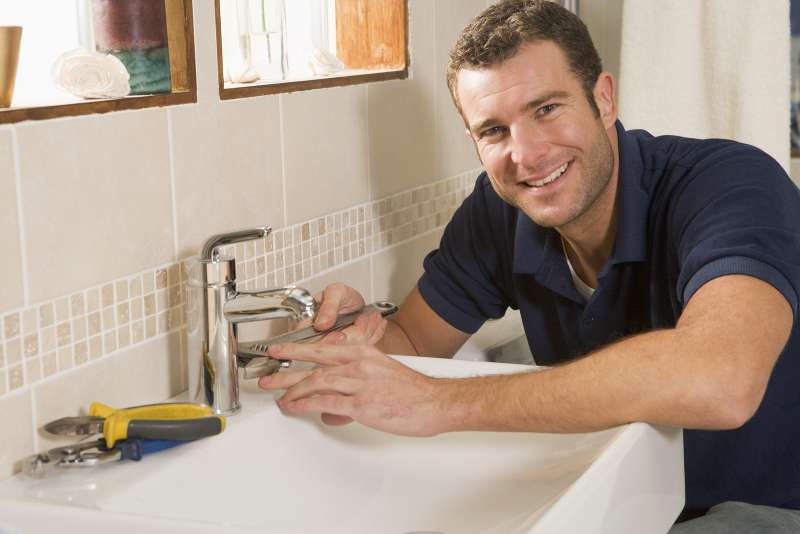
Water Heater Maintenance
Flushing and examining hot water heater to extend lifespan.

Water Heater Repair
Attending to problems with temperature level, leaks, or failure to heat water.
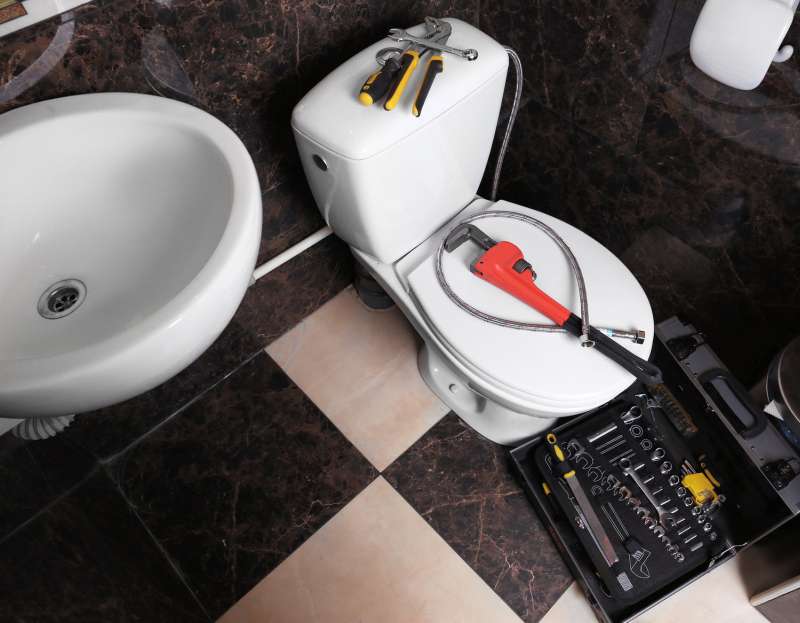
Waterproofing
Protecting basements or other locations from water invasion.

Sewer Backups
Immediate attention to prevent contamination and health threats.

